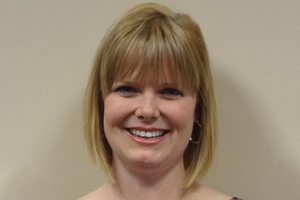HOW ALZHEIMER'S CAREGIVERS SPEND DOWN TIME MAY MAKE ALL THE DIFFERENCE IN PREVENTING BURN-OUT
 Nearly 6 million Americans have Alzheimer’s disease and related dementias and the
number is growing. Growing along with them are the stress levels of more than 16
million spouses and family members who provide care and support to them on a daily
basis. Caregivers can feel burdened beyond their coping resources and may face risks
to their own health and financial stability. While a respite from caregiving might
seem like the logical need for a person with so many exhausting responsibilities,
some research seems to be indicating that respite alone may not be restoring energy
and health to caregivers as much as both caregivers and professionals had originally
hoped.
Nearly 6 million Americans have Alzheimer’s disease and related dementias and the
number is growing. Growing along with them are the stress levels of more than 16
million spouses and family members who provide care and support to them on a daily
basis. Caregivers can feel burdened beyond their coping resources and may face risks
to their own health and financial stability. While a respite from caregiving might
seem like the logical need for a person with so many exhausting responsibilities,
some research seems to be indicating that respite alone may not be restoring energy
and health to caregivers as much as both caregivers and professionals had originally
hoped.
Associate professor of sociology, Rebecca Utz, through a grant provided by the National Institutes of Health (NIH) will study caregivers testing a method for enhancing the efficacy of their respite time from caregiving.
Our prior research has found that caregivers often report dissatisfaction with how they spend their respite time; many reported 'wasting' time doing lower priority activities, instead of using their respite as a reprieve from their role as vigilant caregivers to pursue activities that are personally meaningful or rewarding. Those who used respite to do what they had most desired, needed, or had planned to do had the highest satisfaction with their time-use and reported the most positive wellbeing over time. These insights led us to design a behavioral intervention that we believe will maximize positive outcomes associated with respite services, and will also improve our understanding of what factors—especially those related to respite time-use—have the potential to improve, or at least maintain, the wellbeing of family caregivers over time.
Utz will test an intervention called Time for Living and Caring (TLC). It's a well-researched model that uses the principles of goal setting and goal review to help caregivers form and reflect on goals for their time away.
The original model needed a number of trained facilitators and 15-20 face to face visits and phone calls to find out how caregivers were doing with the strategy, so the new delivery method well consist of a web-based platform to create more accessibility and to reach more caregivers. Utz hopes it will increase caregivers' well-being by making caregivers more conscious of their ability to achieve personal goals during the time they're relieved from caregiving duties.
The study will be funded via a grant from the National Institutes of Health.
